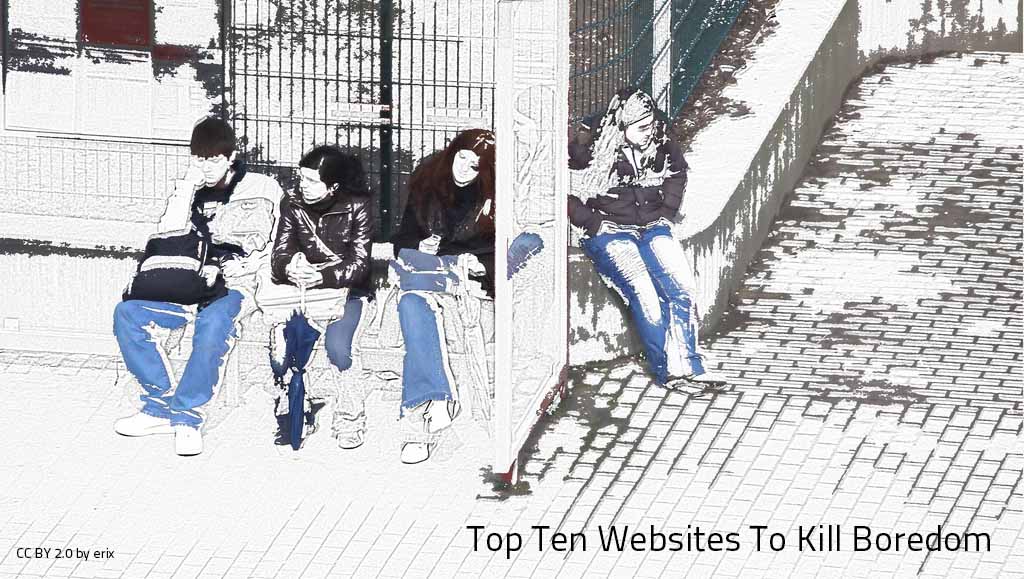
The master plan vision for the East River Science Park in Manhattan established a 6.7-acre campus with 1.5 million sf of research labs. To date, three of the four buildings—attracting top global biotech and pharmaceutical companies, as well as renowned academic/medical institutions—within the master plan have been completed, importantly contributing to New York City’s role in the future of biomedical research. Image: Perkins Eastman 04/20/2015 Janet Corzo, AIA, Associate, Perkins Eastman Partnerships between universities and businesses are nothing new, but these partnerships have become especially relevant in the face of increasing economic pressure and global competition, the need for interdisciplinary approaches and the growing complexity of the problems need solutions. In recent years, there has been a resurgence of partnering between academic institutions and private industry that’s poised to address many of the modern challenges to advancing research, innovation and technological development. A historical perspective
Academic research institutions and private industry share a rich history of collaboration dating back to the early 20th century. One of the earliest examples, a joint R&D effort between professors at Massachusetts Institute of Technology (MIT) and Standard Oil of New Jersey, resulted in a critical technological advancement in petroleum refinery. During World War II, the U.S. Federal Government invested heavily in research aimed at national defense, establishing the centralized national lab system that brought together top academic and industry researchers. This convergence led to technological breakthroughs that would drive innovation for years to come. In the post-war era, universities relied on abundant federal research funding, while private industry moved towards a centralized R&D model—notable examples of which include Bell Labs, IBM and Xerox PARC. Although research efforts became bifurcated, there was often overlap during this time with academic researchers making key contributions to technologies emerging from corporate labs. The Bayh-Dole Act of 1980, passed in response to the economic stagnation of the 1970s, was instrumental in altering the landscape of academic research by giving universities greater control over patents and intellectual property, resulting in the proliferation of Technology Transfer Offices at research universities that were established to capitalize on research. The challenges of funding research in today’s economic climate
Academic-industry partnerships are becoming increasingly robust and collaborative as a result of growing economic volatility, competition from emerging economies and a rapidly evolving technological landscape that has changed the way people work, exchange information and conduct research. Public funding for academic research has declined in recent years, with the majority of available research dollars skewed toward limited fields of study. These research grants have become difficult to acquire in the face of greater competition and narrowing focus. Additionally, public universities are experiencing cutbacks in research funding due to fiscal policy at the state level. Meanwhile, private businesses are facing increased pressure to do more with fewer resources. Many industries have shifted focus from investing in long-term, discovery-based R&D efforts toward shorter-term strategies that identify and target consumer needs and trends. In the face of shrinking R&D budgets, large centralized R&D facilities have become financially unsustainable. Yet, innovation remains necessary. While incremental technological improvements sustain short-term product cycles, it will be the scientific discoveries and technological breakthroughs that address society’s greatest needs. Although the research motivations of universities and private industry are traditionally at odds with each other—university research as a contribution to a public body of knowledge vs. corporate profit-driven applied research—universities have become more entrepreneurial while industry is realizing the potential for academic expertise centers to fill the need for applied research. Emerging areas of study are becoming progressively interdisciplinary, encompassing the traditional sciences, engineering, medicine, computer science and social sciences. Academic institutions are well-equipped at facilitating collaboration between traditionally separate disciplines and can serve industry by filling the existing research gap. Many have created hybrid degree programs that address the growing need researchers and professionals have for interdisciplinary skills. In its 2013 publication Research Universities and the Future of America, The National Research Council cites “Strengthening Partnerships with Business” as one of the 10 recommendations universities can follow to remain globally competitive and overcome economic pressure. Partnership models
Since the passage of the Bayh-Dole Act, university-industry partnerships have consisted largely of transaction-based partnership models through Technology Transfer Offices. This model, which can range from contract research work to licensing patents, carries minimal risk for both parties, but results in little revenue for the university and typically doesn’t lead to groundbreaking innovation on the corporate side. However, the value in this model lies in the ability for transaction-based research-for-hire to evolve into a long-term partnership as mutual trust is built between parties over time. Academic research has been trending toward fostering interdisciplinary research and collaboration outside the lab, resulting in buildings with increasingly generic wet lab space supported by highly flexible non-lab workspaces that support various modes of working, as well as highly specialized core facilities based around a specific technology or field of study that are typically shared by multiple departments and across disciplines. These state-of-the-art facilities can be leveraged to attract private industry for a wide range of partnership models—from transaction-based partnerships to long-term, focused research collaborations. Business incubator programs are ideal for mid- to long-term partnerships that reach beyond the Technology Transfer Office. This partnership model is also an effective springboard for startup or spin-off companies that result directly from in-house research, allowing the newly formed business to maintain a link with the university as it matures. Providing a residence for businesses within the academic campus allows industry professionals to become embedded in the research setting with access to labs and equipment, while giving researchers and students direct access to industry professionals, building a network of knowledge and collaboration that is mutually beneficial. Long-term strategic alliances, focused around a specific area of study, carry the greatest risk, but have the greatest potential for impact. The opportunity exists for academic institutions to partner with private industry at a variety of scales, including large corporations, small businesses and non-profit organizations, as well as government agencies under a consortium of parties that share a common set of goals. This model has inherent efficiencies, creating transparency between entities, pooling resources, breaking down barriers to intellectual property rights and streamlining the process of bringing research results from bench top to market. The physical setting for a large-scale research effort involving many parties can vary from multiple concurrent settings that include university labs, corporate centers and national labs to a single dedicated research campus community. The partnership model creates a framework for the rapid and open exchange of information between parties with a shared vision and goals. The success of the open source concept of development in computer science has led to its adoption in other fields as a tool that can be leveraged by both academic institutions and private industry to partner with each other in new ways. Open source research models have the potential to democratize innovation and discovery by linking together academia, industry, government agencies, philanthropic organizations, NGOs, private investors and individuals across the globe. Integrating Internet-based concepts such as crowd sourcing and crowd funding can serve to further expand the reach and impact of research. For example, the drug industry is currently experimenting with open source research networks to facilitate drug discovery. One such network, Open Source Drug Discovery (OSDD), based in India, has brought together over 7,000 participants to research and develop drugs for neglected tropical diseases including tuberculosis and malaria. Keys to success
The success of any partnership depends largely on several key factors that are cited again and again by numerous sources, including a 2008 report by the President’s Council of Advisors on Science and Technology and a separate three-year MIT study: - Develop a shared vision that clearly identifies the purpose and goals of the partnership and provides a framework for all involved parties to follow.
- Identify leaders who are capable of crossing boundaries between business and academia to foster strong ties between parties.
- Erode boundaries between entities by facilitating communication. Create a shared platform for the exchange of ideas and information.
- Establish a clear agreement for the use of resultant intellectual property. This remains one of the biggest hurdles to overcome for the success of a partnership. All parties can maximize the benefit of the partnership by agreeing to a shared set of expectations that are well-defined and transparent.
- Invest in long-term relationships. A long-term relationship allows parties to share risk and accountability without overburdening a single entity. Under a shared vision and a foundation of mutual trust, a long-term partnership can reap great results by building a body of work over time.
Janet Corzo AIA is an Associate at Perkins Eastman. |

















